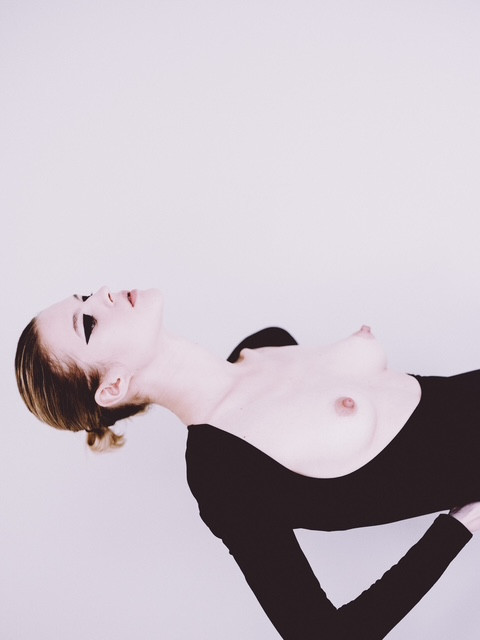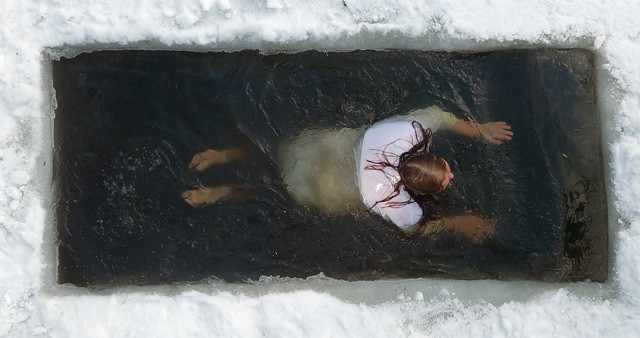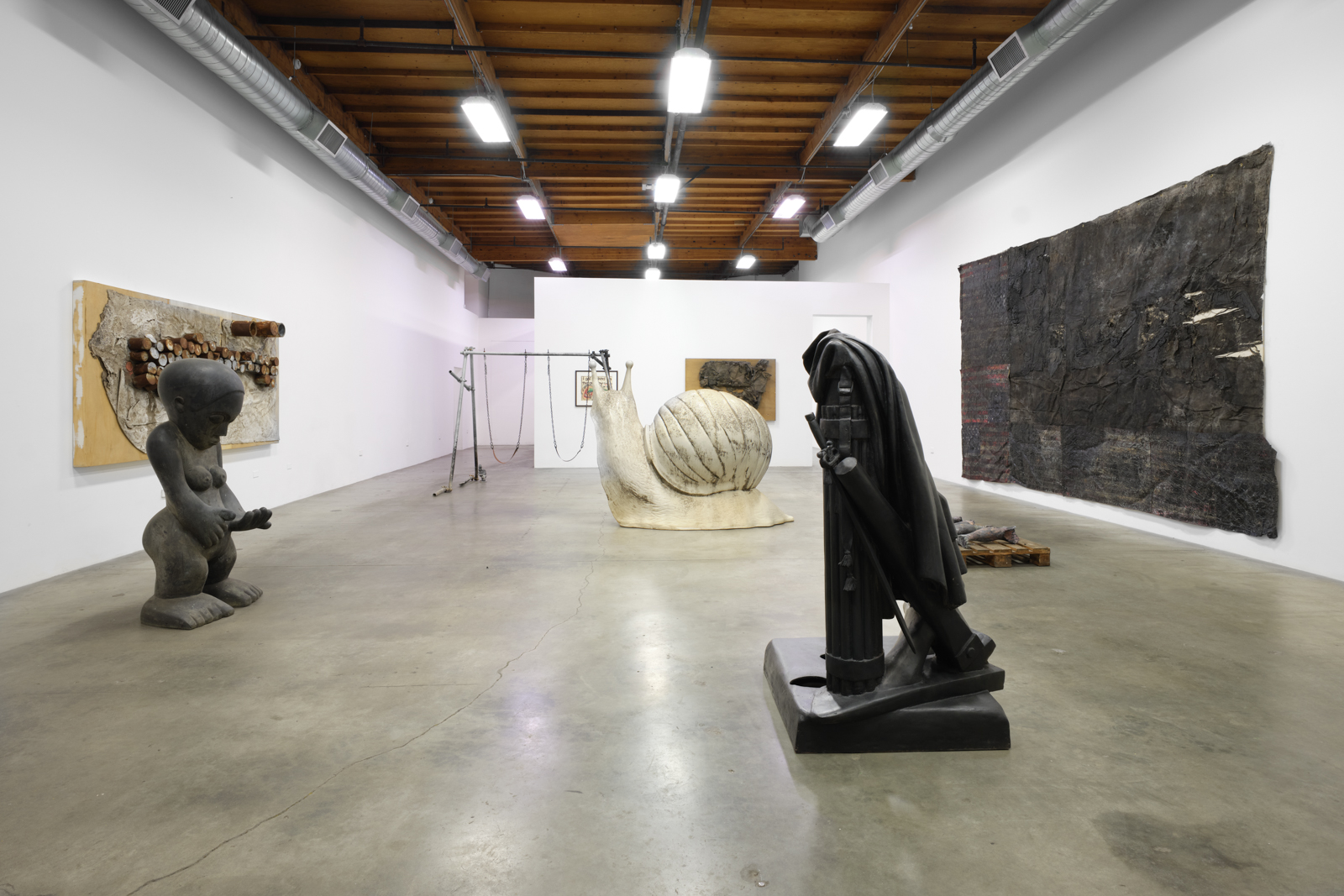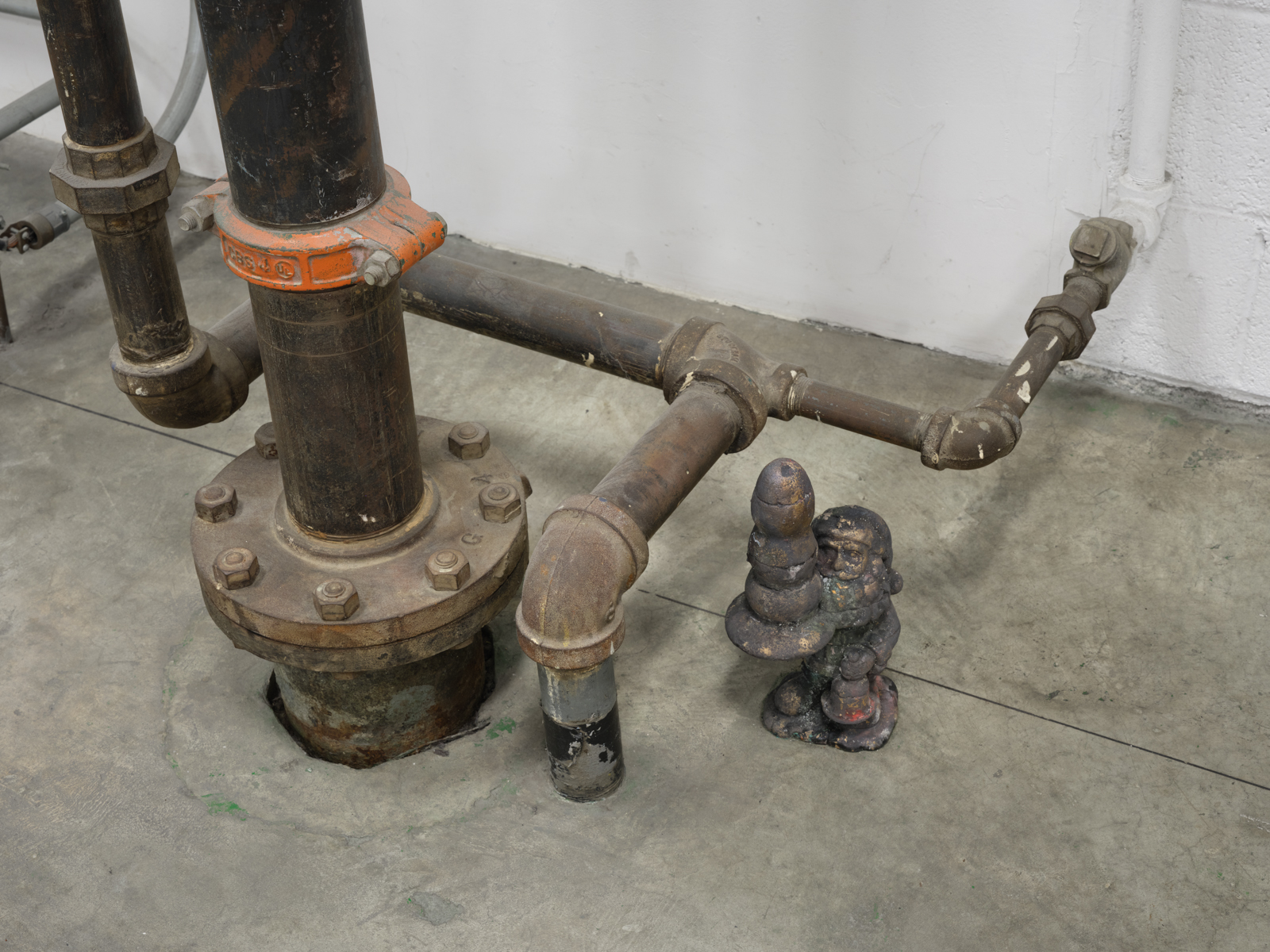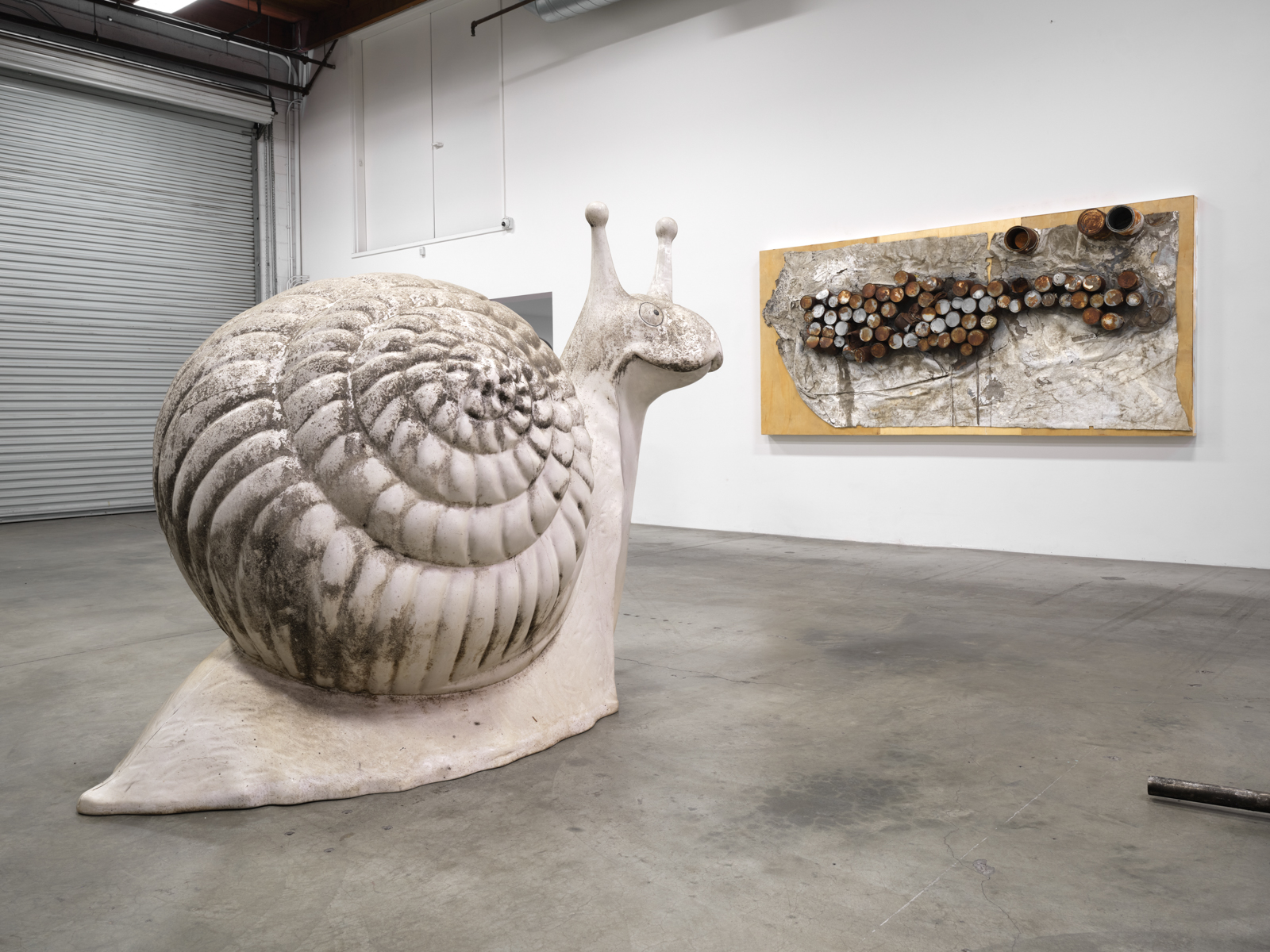Nari Ward Loves Objects

The Jamaican-born, New-York based artist has long been fascinated by objects. His best-known work, Amazing Grace (1993), featured over three-hundred baby strollers that the artist scavenged from the streets of Manhattan and then installed in the walkway of an abandoned Harlem fire-station. A statement on the AIDS crisis and drug epidemic ongoing in New York at the time (the strollers were often used by the city’s homeless population), the piece foregrounded Ward’s focus on utilizing found materials to tell stories that their human counterparts could not. Over the next three decades, the artist continued to work with such materials — shopping carts, bottles, doors, television sets, cash registers, and shoelaces included — and translate their silent language into a more readily accessible dialogue. The resulting practice is one filled with intimate links to the world around it: it sings of previously undiscovered connections, alerting us to the unspoken ties between us and our possessions.

Nari Ward: Ground Break (28 March- 28 July 2024), a retrospective at the Pirelli HangarBicocca in Milan, offers an up-close look at this practice through a number of Ward’s sculptural installations and video works. Curated by Roberta Tenconi with Lucia Aspesi, the show begins with Hunger Cradle (1996-2024), one of the first large scale installations that the artist created in the 90's as part of the “3 Legged Race” exhibition in New York. A complex network of interlaced threads, Hunger Cradle unveils found objects — car parts, fire horses, a piano — that Ward collected from around the original show’s building and then embedded in the piece’s structure. Here, the work has been further enriched by new materials sourced from around the Pirelli HangarBicocca, including bricks used in the exhibition’s titular piece, Ground Break (2024), a sprawling floor installation made of over 4,000 concrete bricks and topped with decorative spiral motifs that resemble celestial bodies.
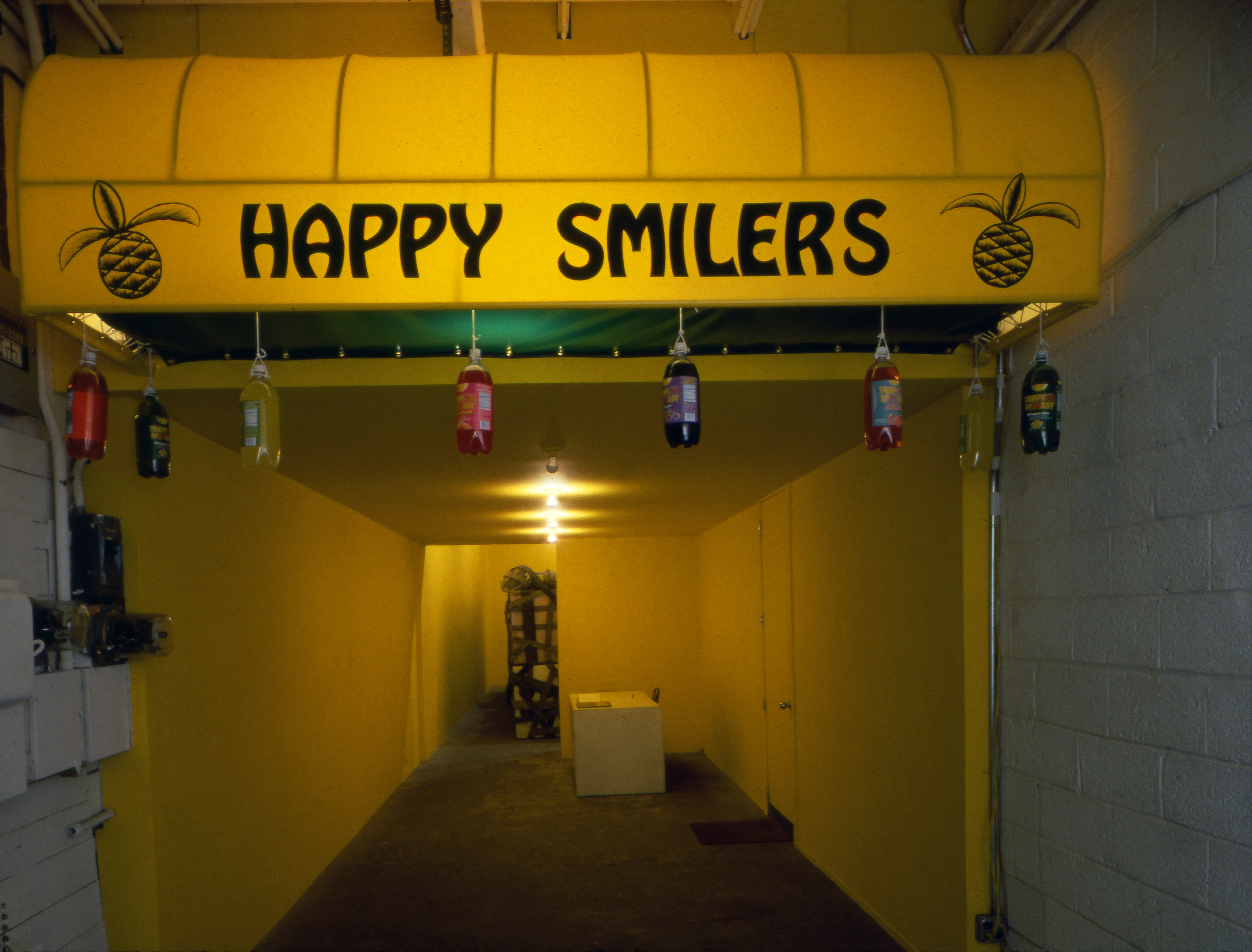


Although not the exhibition’s center piece, it is Hunger Cradle (1996) and its implied sense of support that best serve as a metaphor for what Ward, or so the viewer might be led to believe, is trying to express. From the dead fish whose carefully skinned flesh line the floor of Super Stud (1994/2024), a small house propped up on metal studs in the exhibition’s main room, to the tangle of stray shoelaces that make up Tumblehood (2015), a spherical sculpture that mimics a tumbleweed, what emerges above all is the artist’s desire for preservation amidst the never-ending flux of life. There is a dash of the mad collector here, or perhaps something of the old Proustian goal: to regain what is lost. Still, Ward goes beyond merely accruing disparate materials or using objects to recount past experience; instead, he takes things in, provides shelter, then suffuses them with his particular magic, which is also his art.
The show, on view at the Pirelli HangarBicocca’s cavernous space north of Milan’s city center until the end of July, affords us a previously undisclosed peek into the minds of one of America’s most compelling contemporary artists. It —and its many oddities and beauties— is not to be missed.











